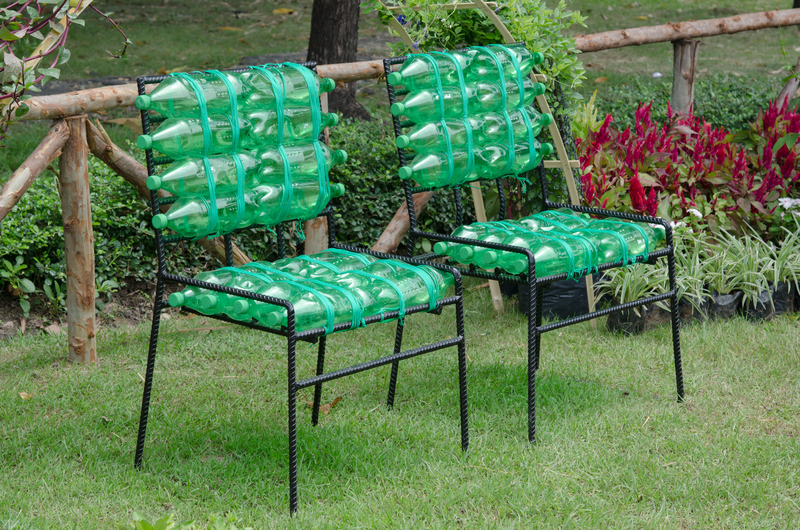Choosing the Right Maxi Skip
Posted on 28/12/2024
When it comes to managing waste, whether for home renovation, construction, or a large-scale commercial project, choosing the right maxi skip is crucial. Maxi skips, generally larger than the average skip, offer ample space for substantial amounts of waste, making them an ideal choice for big projects. This comprehensive guide will help you understand how to choose the right maxi skip for your needs.
Understanding Maxi Skips
Maxi skips are typically sized between 10 to 18 yards and can hold a significant amount of waste. They are designed for various applications, including construction debris, household waste, garden waste, and other large-scale rubbish. The key advantage of using a maxi skip is its capacity, which reduces the frequency of waste transport, making your project more efficient.

Factors to Consider When Choosing a Maxi Skip
Several factors should influence your decision when selecting a maxi skip. These considerations will ensure you get the most value for your budget while adhering to local regulations.
Project Scope and Waste Volume
The first step in choosing a maxi skip is to analyze the scope of your project and the volume of waste it will generate. Construction sites, for example, might produce rubble, concrete, and other heavy materials, while a home garden project might generate green waste. Understanding the type of waste will help you select the skip size that best meets your needs.
Space Availability
Where you plan to place the maxi skip is another important factor. Ensure there is ample space for the skip, considering accessibility for the delivery and pickup vehicles. If space is limited, you may need to request a permit from local authorities to place the skip on the road.
Waste Types Allowed
Not all materials can be disposed of in a maxi skip. Hazardous materials, such as asbestos, chemicals, and certain electronics, require specialized disposal methods. Ensure you are familiar with the guidelines for what can and cannot be placed in your skip.
Budget
Budgetary constraints will also play a role in your decision. While larger skips offer more space, they can be more expensive. Compare prices from various suppliers and consider the cost vs. the benefits, such as reduced transport frequency and overall convenience.
Pros and Cons of Maxi Skips
Pros
- Large Capacity: Maxi skips provide ample space, which is perfect for significant projects.
- Efficient Waste Management: One maxi skip can accommodate large volumes, reducing the need for multiple trips.
- Cost-Effective: While initially more expensive, the reduced transportation and handling costs can balance out the overall investment.
- Versatility: Suitable for various types of waste, including construction and household debris.
Cons
- Space Requirements: Maxi skips require considerable space for placement and maneuvering.
- Permits Needed: In some regions, you may need a permit to place a skip on public land.
- Not Suitable for All Waste Types: Restrictions on hazardous waste can limit what you can dispose of in a maxi skip.
Tips for Choosing the Right Maxi Skip
- Estimate Waste Accurately: Overestimating or underestimating the amount of waste can lead to inefficiency or additional costs.
- Book Early: Secure your skip well in advance to ensure availability when your project begins.
- Ask for Advice: Contact professional skip hire companies to get recommendations based on your project's specifics.
- Check Local Regulations: Understand the local laws regarding skip placement and waste disposal to avoid legal complications.
- Consider Environment: Choose companies that follow eco-friendly waste disposal practices.

Takeaways
Choosing the right maxi skip involves understanding the scope of your project, the volume and type of waste, space limitations, and budget. Weighing the pros and cons, following our tips, and making informed decisions will streamline your project and ensure efficient waste management.
Conclusion
Maxi skips are an excellent solution for large-scale waste management needs. By considering the factors mentioned, evaluating the pros and cons, and relying on expert advice, you can choose the right maxi skip that fits your project requirements. Proper planning and awareness of local regulations will help you avoid potential pitfalls and make the most out of your investment in a maxi skip.



